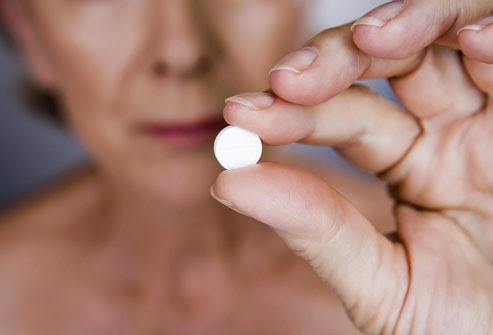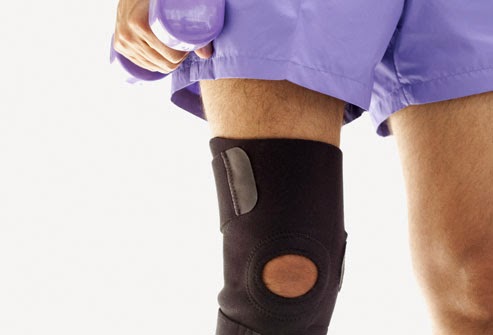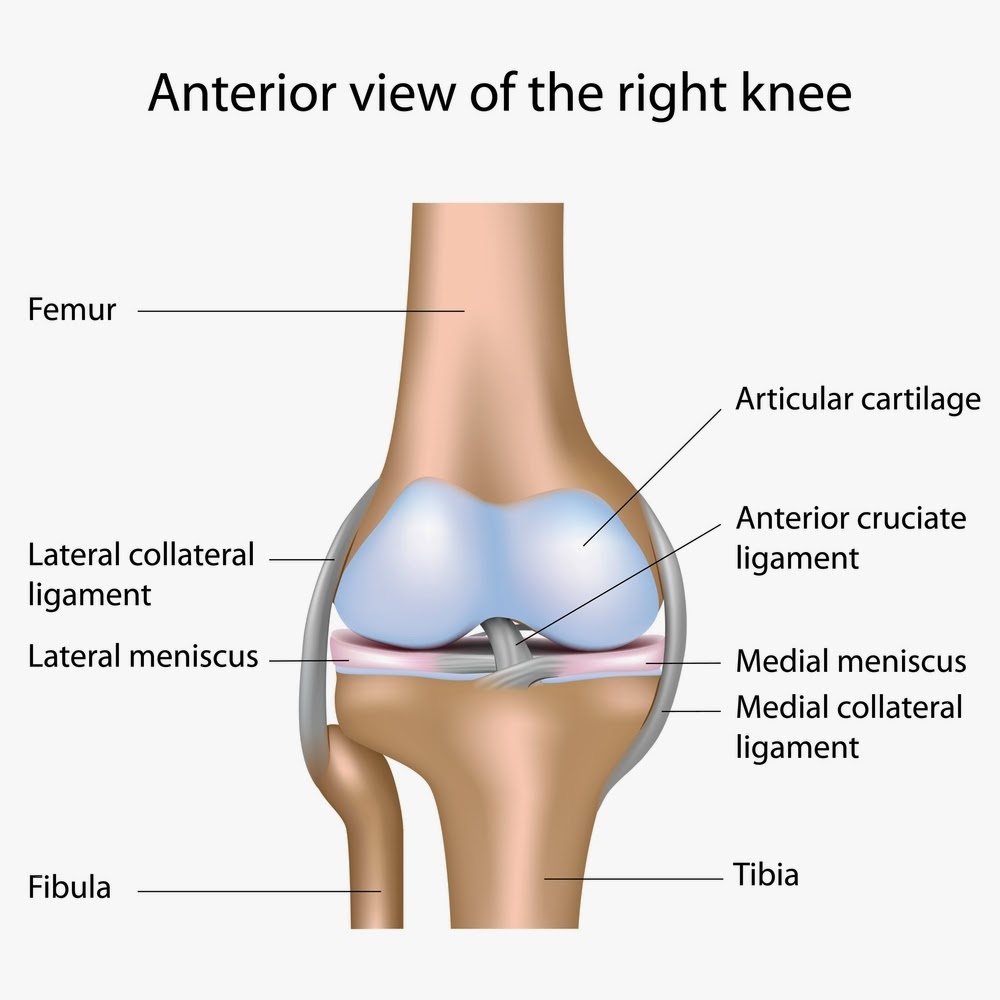 |
| Study: Alcohol may fight rheumatoid arthritis (Image Courtesy - cnn.com) |
Several research has shown that non-drinker are more likely to develop rheumatoid arthritis than those who drink three or more glasses of alcohol in a week but once you have rheumatoid arthritis it is dangerous to take alcohol.
Alcohol has been linked to several health benefits such as stroke, heart disease and diabetes but if you have rheumatoid arthritis it is advised to avoid taking alcohol. Taking alcohol in moderation is not restricted but you should be cautious because mixing medication and drugs can be risky.
Methotrexate (Rheumatrex, Trexall); one of the drugs used to treat rheumatoid arthritis belong to drugs known as disease modifying anti-rheumatic drugs (DMARDs). Even though methotrexate is effective in reducing signs and symptoms of rheumatoid arthritis and also slow down and in some cases stop the damage of joints it is associated with the joint damage. Another drug that is used to treat rheumatoid arthritis is called leflunomide (Arava).This is also a DMARD that can put you at risk of liver toxicity.
If you take a lot of alcohol or have liver problems it is not advisable to take methotrexate or leflunomide. This is because taking alcohol and methotrexate or leflunomide can put you at risk of liver damage. Patients of rheumatoid arthritis who take these medications should limit their alcohol intake to two drinks per week. It is even better to avoid drinking any alcohol amount at all.
Taking excess amount of alcohol can reduce bone density which can result to other complications such as fractures. If you really need to drink alcohol you can talk with your doctor so that you can know how much alcohol you should drink.
Patients of rheumatoid arthritis are also prescribed non-steroidal anti-inflammatory drugs (NSAIDs) especially to treat inflammation of the joints and to reduce pain. NSAIDs that are commonly used to treat rheumatoid arthritis include ibuprofen (Advil, Motrin), aspirin and naproxen sodium (Aleve) which can cause irritation of the lining of the stomach resulting to ulcers and bleeding in the gastrointestinal (GI) tract
Alcohol can also irritate the lining of the stomach which can put you at risk of gastrointestinal bleeding and ulcers.
Prednisone, a steroid that is used to treat rheumatoid arthritis can also put you at risk gastrointestinal bleeding.
Patients off rheumatoid arthritis who take large doses of acetaminophen and take alcohol have high chances of having liver toxicity.






